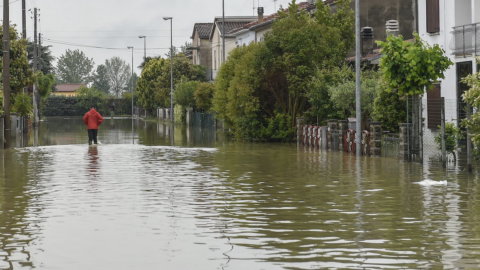Every beginning of the year has its own unknown. The new coronavirus (NCV) has reshuffled the already crammed deck of the world economy. And it forces economic actors and investors to redesign the scenarios for 2020, which at least in the first half seemed to travel on tracks that had by now been traced, even if more similar to those of a roller coaster than a high-speed railway.
Many analysts have spun the econometric models and baked them new estimates who would like to take into account the damage caused by the very ugly black-yellow duckling. The cut to the previous growth forecasts of the China in the first quarter (which were close to but below 6%) is 1,5-2 percentage points annualized (at 3,8-4,8%); i.e. by 0,4-0,5 per cent, 0,1 per cent less for world GDP. The trouble is that they are pure conjecture, however sensible and well thought out.
Nobody really knows how serious the repercussions will be because no one can even imagine the duration of the crisis triggered by the deadly disease. There macabre dance of the downward revisions of Chinese and global GDP has just begun. In fact, only with the February data, therefore in a month's time, will the statistics begin to record the first effects on the manufacturing sector and on services, this time centered simultaneously, in the largest economy in the world (China supplies a third of global industrial production and just under a fifth of the total).
Le effects on other countries will follow with intensity and length directly proportional to the proximity in terms of value chains (China is the largest exporter of semi-finished products) and inversely to integration in these chains and the importance of manufacturing. By and large, Asia, both emerging and non-emerging, and the Eurozone will be most affected; followed by the United States.
For the moment we only have anecdotal: city streets and Chinese shopping malls deserted instead of teeming with crowds; cuts or suspensions of automotive, electronics and aircraft production due to lack of components; lower Chinese oil imports; cancellations or interruptions indefinitely of flights to and from China; and so on.
And we know that there will be damage and it won't be small. And that will be followed by a powerful rebound. But it is said that the two compensate each other. In some sectors, the losses will be forever (for example, in meals away from home: you can't eat twice as much because you fasted). In others there will be one euphoric spending to celebrate the narrow escape, as happened after the terrible epidemics of past centuries.
Finally, we note that, to the inevitable and mechanical effects (such as those induced by the quarantine imposed on the sixty million inhabitants of Hubei), are added the effects of fear which is scattered with both hands by the almost voyeuristic chronicle of the contagion. It will take a long time before this China syndrome dissipates.
All this will entice the world economic system, causing that recession that many fear but that none of the past troubles in recent years has triggered? Too early to tell, but the risk exists.
We can humbly describe the state of health of the economy just before the virus hit the scene. The most advanced statistics say that the global system was recovering, with definite signs of improvement. The leading OECD it showed concrete progress in China and stabilization in the USA, with an ever-strong labor market, and the Eurozone.
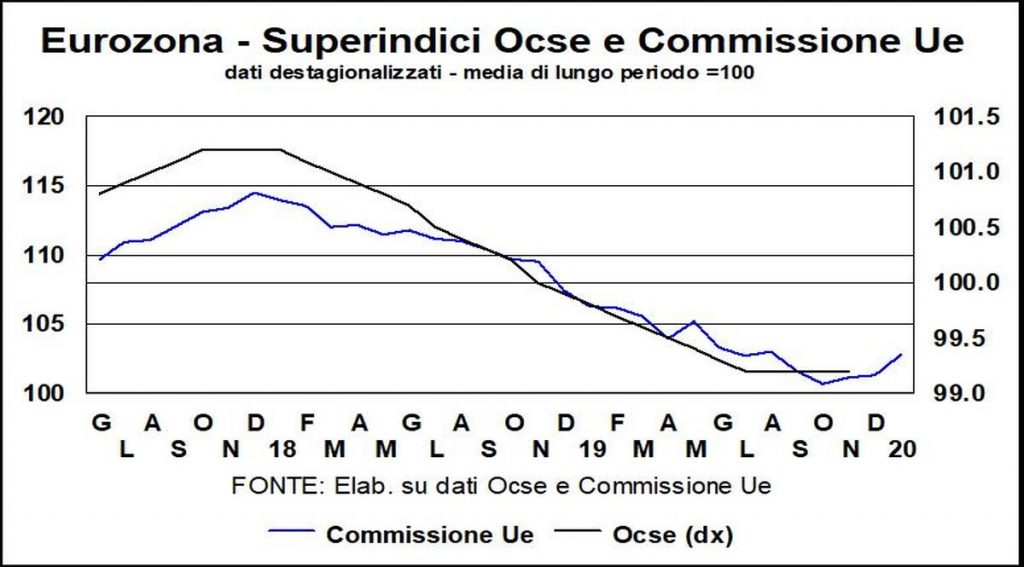
Il Composite global PMI (manufacturing + services) in January was at its highest since March 2019 and indicates a significant acceleration in world GDP. Era behind the minimum point touched in October. Both the tertiary and manufacturing sectors had contributed to the recovery (Achilles heel in the last two years). AND all major economies, including the Eurozone, which we now make room for.
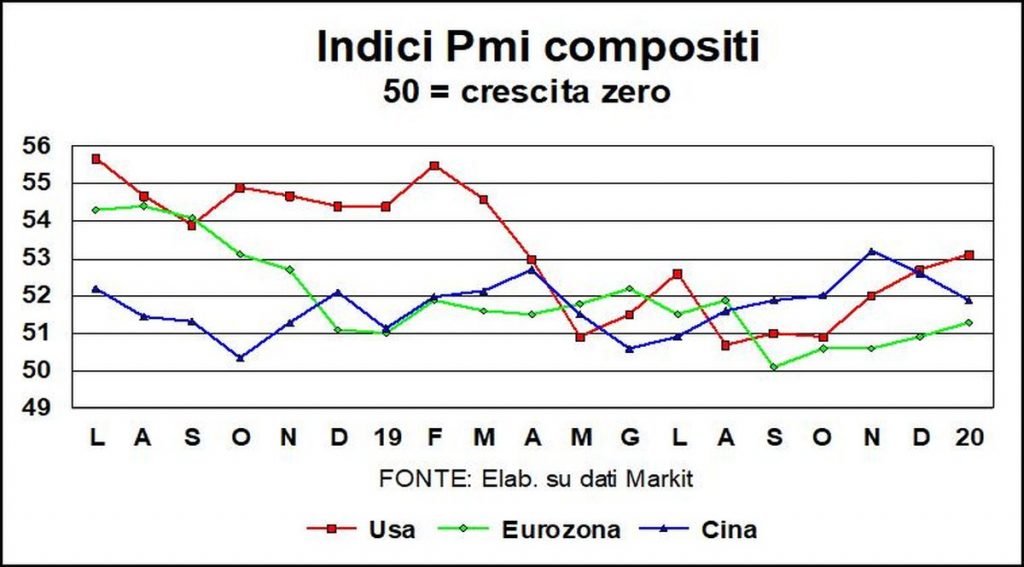
In the single currency area all indicators have improved. There confidence elaborated by the European Commission made a big leap in January (to 102,8, from 101,3), thanks to construction and manufacturing, the most cyclical of the sectors.

La disaggregation between nations, however, shows that progress has not been unanimous: the advance of France, Germany, Austria, Ireland and Portugal was countered by the retreat or invariance of Belgium, Spain, Italy and the Netherlands. This is not a sign of strength. As is not the worsening of consumer sentiment.
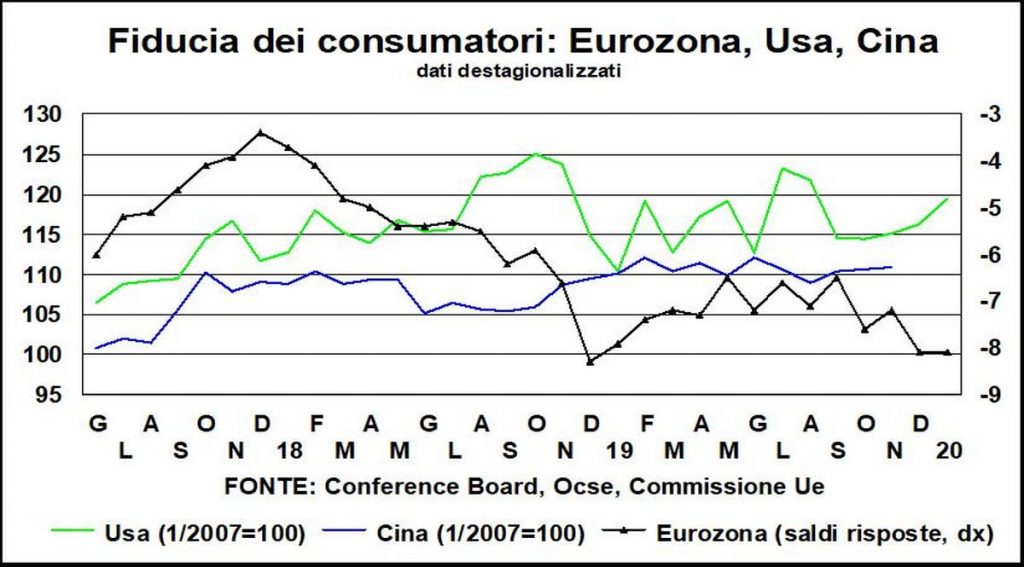
The PMI also rose, albeit much more modestly and better reflecting the difficulties it still faces the manufacturing sector, in a more or less deep and in any case severe recession in Germany (the fall in orders and production in December was chilling), Spain, Italy, the Netherlands and Austria. So that, overall, theEurozone remains fragile and more prone to relapses if the external context deteriorates.
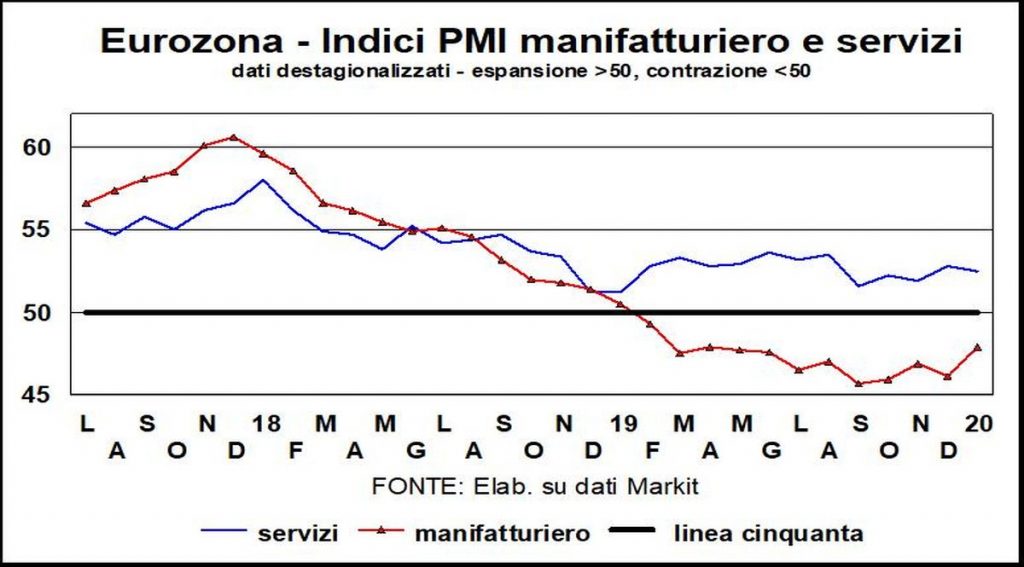
And theItaly? It is even weaker, with the overall confidence index which in January indeed confirmed the leap of December, but from the lows since February 2015. While the PMI has returned just in expansive area (50,4), after finishing in the retreat zone in December. But orders remained stagnant and therefore the number of months of guaranteed production has been further reduced. However, the unexpected fall in GDP in the fourth quarter of 2019 (-0,3% on the third) it can be explained by the climate, which penalized agriculture and construction; we therefore expect a rebound (net of the NCV) in the first quarter of 2020. There won't be a toast then just as there's no tearing off your clothes now.





